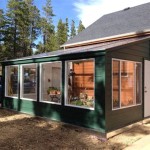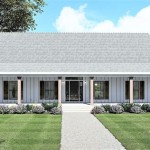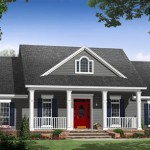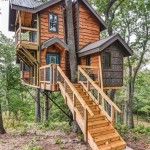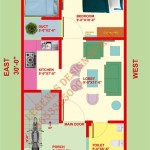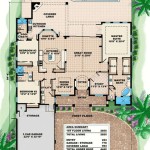Essential Aspects to Consider When Choosing House Plans for Sloping Lots
Building a home on a sloping lot presents unique challenges and opportunities. Selecting the right house plans is crucial to maximize the potential of your property while ensuring the structural integrity and livability of your future home.
1. Site Assessment and Grading:
A thorough site assessment is essential to determine the slope angle, drainage patterns, and soil conditions. This information will guide the grading process, which involves shaping the land to create a suitable building site. Proper grading ensures proper drainage, prevents erosion, and creates a stable foundation for your home.
2. House Placement and Orientation:
The placement and orientation of the house on the sloping lot impact natural light, views, and energy efficiency. Consider the following factors:
- Sunlight: Position the house to maximize solar exposure, which can reduce heating costs.
- Views: Capture panoramic views or focus on specific scenic features by orienting the house towards desired vistas. li>Energy Efficiency: Position windows and doors to promote natural ventilation and reduce heat gain or loss.
3. House Design and Layout:
The design and layout of the house should be tailored to the slope of the lot. Consider the following:
- Multiple Levels: Incorporating multiple levels can accommodate the slope, create additional living space, and enhance views.
- Split Levels: Split-level designs allow for separate living areas on different levels, taking advantage of the slope's natural contours.
- Walkout Basement: A walkout basement provides direct access to the lower level and offers additional living space or storage options.
4. Foundation Type:
The foundation type should be carefully chosen to provide adequate support on a sloping lot. Common options include:
- Conventional Foundation: A concrete slab or basement foundation is suitable for moderate slopes.
- Crawlspace Foundation: A crawlspace foundation raises the house above the ground, providing additional storage space and ventilation.
- Pier and Beam Foundation: This foundation type is ideal for steep slopes, as it allows for support beams to be extended down to stable soil.
5. Drainage and Retaining Walls:
Adequate drainage is crucial to prevent water damage. Consider installing a drainage system with gutters, downspouts, and french drains. Retaining walls may be necessary to stabilize slopes and prevent erosion.
6. Landscaping and Outdoor Spaces:
Landscaping can enhance the beauty and functionality of a sloping lot. Utilize terraces, retaining walls, and natural rock formations to create outdoor living spaces and enhance the curb appeal of your home.
7. Construction Considerations:
Building on a sloping lot requires specialized construction techniques. Ensure that your contractor has experience in working with sloping terrain. Additional costs may be associated with excavation, grading, and foundation work.
By carefully considering these aspects, you can choose house plans that capitalize on the unique characteristics of your sloping lot. A well-designed and executed home on a slope can provide a stunning and livable space that seamlessly blends with the natural surroundings.

House Plans For A Sloped Lot Dfd Blog

Plan 51696 Traditional Hillside Home With 1736 Sq Ft 3 Be

Modern House Plan Sloping Lot Contemporary Style 5590 Vista

View Home Sloping Lot Multi Level House Plan 3d 360 Basement Plans Luxury

A Guide To Sloping Lot House Plans

Sloping Lot Contemporary Style House Plan 1100 Sundown

Best Simple Sloped Lot House Plans And Hillside Cottage

Plan 51697 Traditional Hillside Home With 1736 Sq Ft 3 Be

2 Bedroom Hillside Home Plans With Great Rear Side Views Sloping Lot House Plan Split Level Floor

Best Simple Sloped Lot House Plans And Hillside Cottage

